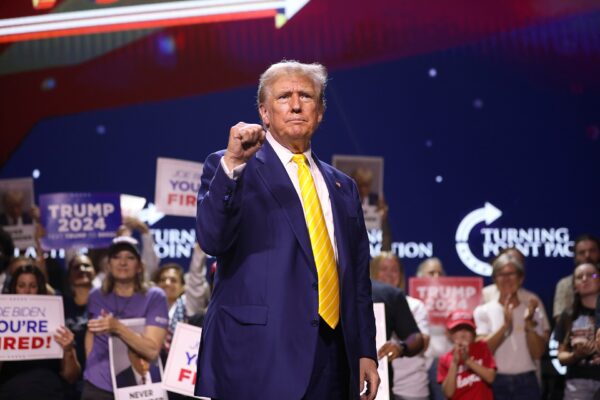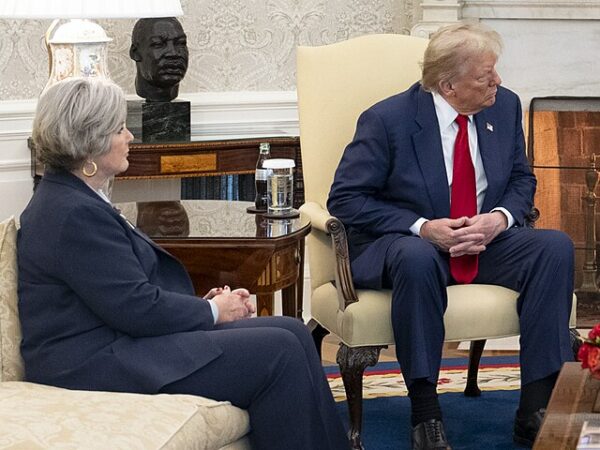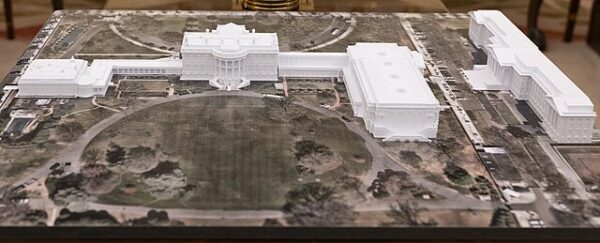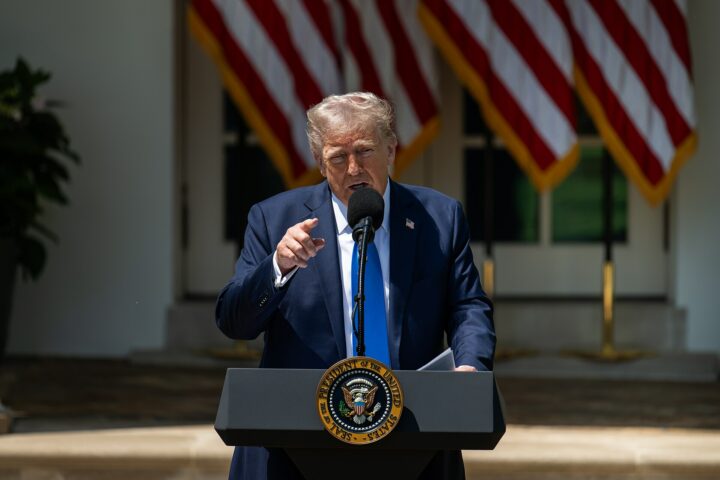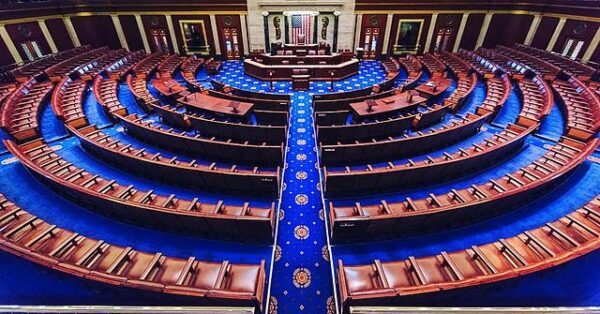The Supreme Court has handed President Donald Trump a pivotal win—affirming that the president may remove leaders of independent federal agencies without cause. The unsigned opinion, issued over the dissents of the Court’s three liberal appointees, signals a sharp turn away from nearly a century of precedent that sought to insulate certain agencies from presidential control.
The majority’s rationale is clear: officials who wield substantial executive authority must remain accountable to the one official elected by the whole nation. That principle, the Court emphasized, permits only limited exceptions to a president’s removal power—exceptions grounded in narrow, fact-specific precedents like Morrison v. Olson and Humphrey’s Executor. Neither, the majority concluded, prevents the president from firing figures like Gwynne Wilcox of the National Labor Relations Board or Cathy Harris of the Merit Systems Protection Board, two Biden-appointed officials whose dismissals sparked the current legal fight, explained CNN.
Although the Court did not issue a final ruling, it granted Trump’s emergency application to halt lower court orders reinstating Wilcox and Harris—signaling that the administration is likely to prevail as the litigation proceeds. The ruling draws a bright line: when officials act with the force of law on the president’s behalf, they must remain subject to the president’s discretion. Independence, in such cases, becomes a constitutional liability—not a design feature.
The Trump administration’s argument was unambiguous: Congress cannot give unelected bureaucrats the power to act in the president’s name while denying him the ability to remove them. Doing so, they contended, violates the separation of powers. That position, long championed by constitutional originalists, poses a direct challenge to the Humphrey’s Executor decision of 1935—which upheld statutory protections for certain agency heads against at-will dismissal. Though Trump distanced himself from the Heritage Foundation’s Project 2025 plan during his reelection campaign, the Court’s ruling advances a core tenet of that agenda: restoring hierarchical control of the executive branch.
Justice Elena Kagan, writing in dissent, did not hold back. She accused the majority of unraveling a doctrinal “guardrail” that has preserved the independence of quasi-legislative, quasi-judicial bodies for generations. “What matters,” Kagan wrote, “is not that Wilcox and Harris would love to keep serving in their nifty jobs. What matters instead is that Congress provided for them to serve their full terms, protected from a president’s desire to substitute his political allies.”
The legal battle began after a divided D.C. Circuit ruled on April 7 that Trump had acted unlawfully in firing Wilcox and Harris. The Biden Justice Department, in a rare move, declined to fully defend the firings—leaving private attorneys to argue the case. Chief Justice John Roberts granted a stay of the appeals court’s decision while the high court weighed its response. Lawyers for Wilcox and Harris urged judicial restraint, warning that overturning entrenched precedent could destabilize regulatory bodies from the National Transportation Safety Board to the Securities and Exchange Commission.
Though the Court did not strike down Humphrey’s Executor outright, its opinion chips away at the doctrine’s protective outer shell—leaving agency heads more vulnerable to presidential whims and making independence more a matter of political forbearance than legal right. The decision paves the way for a broader reckoning over the role of unelected experts in a constitutional system that increasingly demands accountability from above.
[Read More: GOP Attorneys General Stand Up For Women In Prison]

